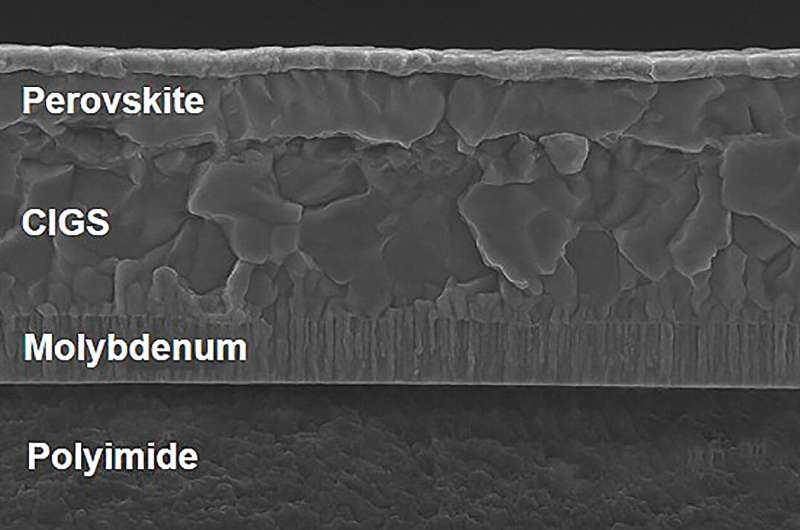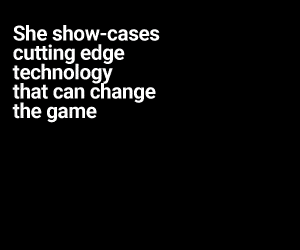The world’s most efficient flexible perovskite/CIGS tandem solar cells—opening new possibilities for lightweight, high-performance solar tech across industries.

The Korea Institute of Energy Research (KIER) has achieved a significant milestone in solar technology, developing ultra-lightweight, flexible perovskite/CIGS tandem solar cells with a record-setting power conversion efficiency of 23.64%. This marks the highest efficiency reported to date for flexible perovskite/CIGS tandem solar cells, highlighting their potential for use in curved and mobile applications like vehicles, aircraft, and building surfaces.
As conventional silicon-based solar cells near their efficiency limits, tandem solar cells—which stack multiple layers to capture more sunlight—are gaining momentum. Perovskite/silicon tandems have reached efficiencies over 34%, but their weight and fragility restrict use in mobility and aerospace sectors. This innovation addresses these limitations with lightweight CIGS-based thin-film structures combined with perovskite.
The team introduced a novel lift-off process to simplify fabrication and boost performance. By layering polyimide onto a rigid glass base before constructing the tandem solar cell, they enabled stable production and uniform layer deposition—key for performance and reproducibility. This technique surpasses traditional methods that use flexible substrates from the outset.The team plans to scale up production and improve stability, aiming to push flexible tandem solar efficiency toward 30%—driving forward the future of renewable energy.
The team also tackled a major efficiency hurdle: potassium diffusion from the glass into the CIGS layer, which creates defects. Using computational modeling, they confirmed that the polyimide barrier suppresses this diffusion, significantly improving the solar cell’s quality and boosting performance beyond the previous 18.1% record. Durability tests showed good resilience, with the solar cells retaining 97.7% of their original efficiency after 100,000 bending cycles.
“This work represents a pivotal step toward commercializing flexible, high-efficiency solar cells,” said lead researcher Dr. Inyoung Jeong. Dr. Kihwan Kim added, “With a power-to-weight ratio 10 times greater than perovskite/silicon cells, this tech is ideal for industries needing ultralight energy solutions.”






